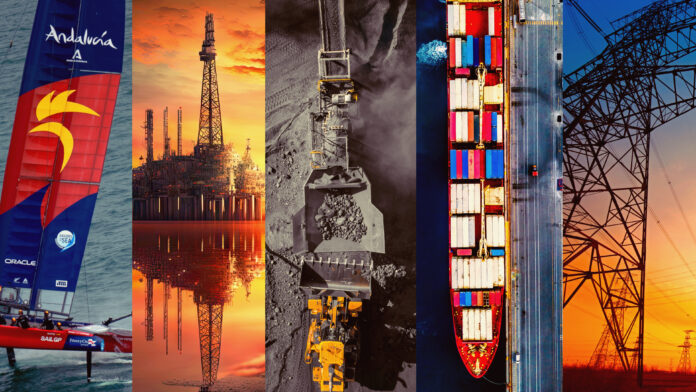We’re calling it. The private 5G race is properly on. A couple of recent flagship deals – Verizon at Thames Freeport on the Thames Estuary, Tampnet with Aker BP in the North Sea – show this market is delivering. Real deals. Real scale. After all the tech proofs, channel intrigue, boardroom hesitation, and brilliant innovation – it feels like the starting gun has gone. The question is whether this is a sprint or a marathon, a Formula 1 dash or a Le Mans epic, a T10 slog-fest or a five-day test match.
Most probably, it is a classic hare-and-tortoise affair, where all the spring-heeled tech has to wait on the rickety twists of ancient industries – even as they are juiced up on AI hope and desperation, grasping at the straws of digital change. Either way, it’s popcorn time. Here are five recent private 5G deployments to make your head spin – or at least, to make you think the industry has turned a corner. They show the scope of work – the variety of industries and applications – that private 5G now supports.
1 l Thames Freeport, UK (logistics / manufacturing)
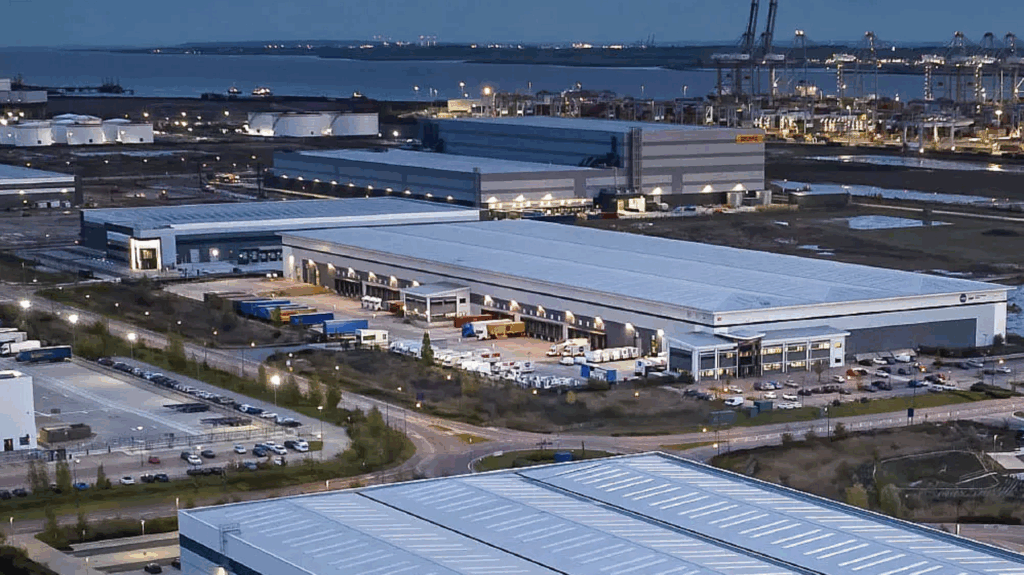
Verizon and Nokia have a monster deal to design and deploy six private 5G networks at three different maritime logistics and manufacturing sites outside of London, along the north bank of the Thames Estuary, east of the UK capital. The contract is with Thames Freeport, which manages the Port of Tilbury, Ford’s Dagenham plant, and the London Gateway complex. Verizon Business will lead the deployments at each site, using Nokia’s private 5G and edge systems.
The Port of Tilbury, the largest port on the Thames, and London’s main shipping hub, will have two private 5G networks. London Gateway, branded DP World London Gateway, a little east along the estuary, will also have two private 5G networks, to cover the deep-water container terminal and the logistics park. DP World London Gateway is presented as the “UK’s largest and most integrated logistics facility”. Ford’s Dagenham plant, the other side of the Dartford river crossing, will have a private 5G network, as well. It is the largest manufacturing site in London.
The entire setup will comprise about 80 private 5G radios. The remit also includes a synchronized geo-redundant core network, as a sixth core network deployment, across the Thames Freeport area – of about 1,700 acres of land. DP World London Gateway also includes a busy rail terminal; it is unclear, as yet, whether this will also be connected. The networks will use the 3.8-4.2 GHz spectrum band, reserved in the UK for private and shared network usage by enterprises. They will be entirely 5G-based.
Read more here.
System integrator: Verizon Business
Network vendor(s): Nokia
2 l Aker BP, Norway / North Sea (oil and gas)
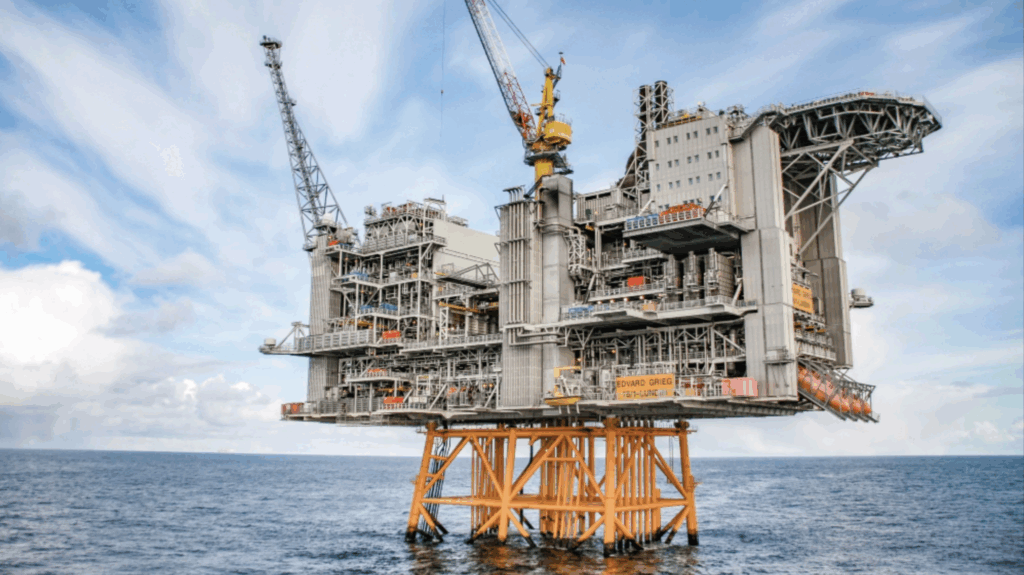
Norway-based Tampnet has deployed a private 5G setup at the Edvard Grieg oil field on the Norwegian continental shelf for oil exploration firm Aker BP. Its success has green-lit offshore 5G deployments for Aker BP at six other oil platforms, at least. Network vendors for the Aker BP contract are Nokia and HPE (not Ericsson and Mavenir, as previously reported).
Tampnet, headquartered in Stavanger, has deployed private 4G / 5G for oil and energy customers at 350-odd other rigs and vessels, in the North Sea, the Gulf of Mexico, and off the coasts of Trinidad & Tobago and Canada. It holds spectrum for private offshore cellular deployments at 700 MHz, 800 MHz, 900 MHz, 1.8 GHz and 2.6 GHz, and owns North Sea fibre cable as well. In March, it signed a deal to supply fibre connectivity and services for the offshore Trion Project in the Gulf of Mexico.
The new deal with Aker BP covers private 5G deployments on six further platforms (Yggdrasil, Fenris, Valhall, Alvheim, Ivar Aasen, and Skarv), across the North Sea and Norwegian Sea. The initial Edvard Grieg rollout follows a successful trial in May, which involved Italian defence firm Leonardo. Claims about its pre-eminence, as “the world’s first”, rather raises questions about Tampnet’s other installations – if some, at least, are not all-edge private 5G setups. (Tampnet is an old hand at offshore 5G networking and computing, after all.)
Read more here.
System integrator: Tampnet
Network vendor(s): Nokia / HPE
3 l Memphis Light, Gas and Water, US (utilities / energy)
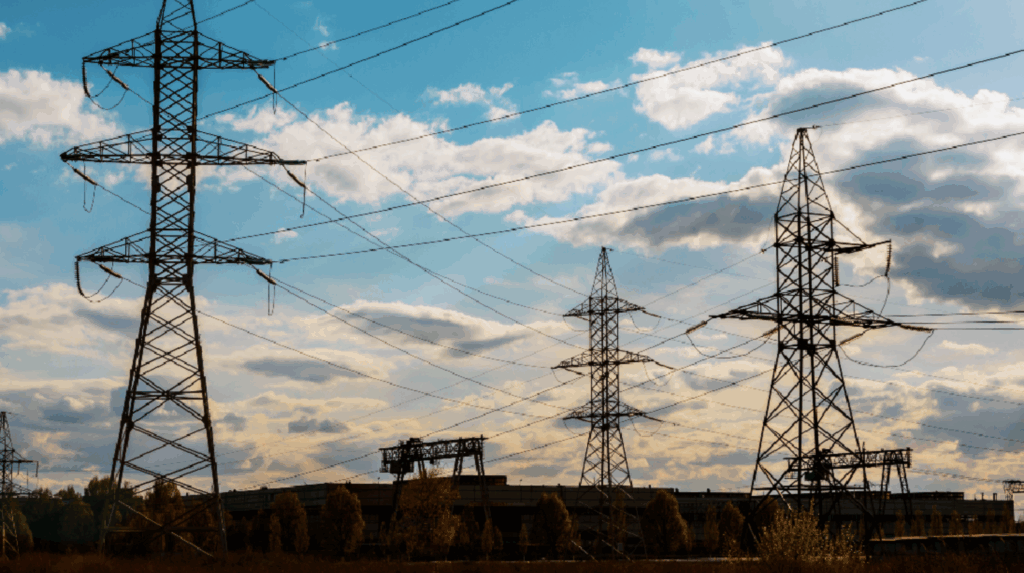
Memphis Light, Gas and Water (MLGW), billed as the “largest three-service municipal utility” in the US, has selected Nokia to build a wide-area private 5G network to support its “multi-year grid modernization strategy” across Memphis and Shelby County, in Tennessee. It will “reduce the risk and customer impact of unplanned outages and enable MLGW to restore service to the public more efficiently”, said MLGW. It will be the US utility sector’s first “full-scale” private standalone 5G (5G SA) network, the pair said.
They called it a “landmark” project. The brief is to support “critical applications and future mobility needs”, with a focus on modernization, cyber defense, resiliency, and operational improvements. Nokia said it will “unify and enhance” comms across all electric, gas, and water services. Applications will include automated meter reading, grid monitoring, fault detection, and remote operations. It will also support connected mobility, and voice and video services. It will integrate with existing IT infrastructure and IoT devices, including grid sensors, smart meters, automation systems, and field equipment.
Read more here.
System integrator: Nokia
Network vendor(s): Nokia
4 l SailGP, Global (events / venues)
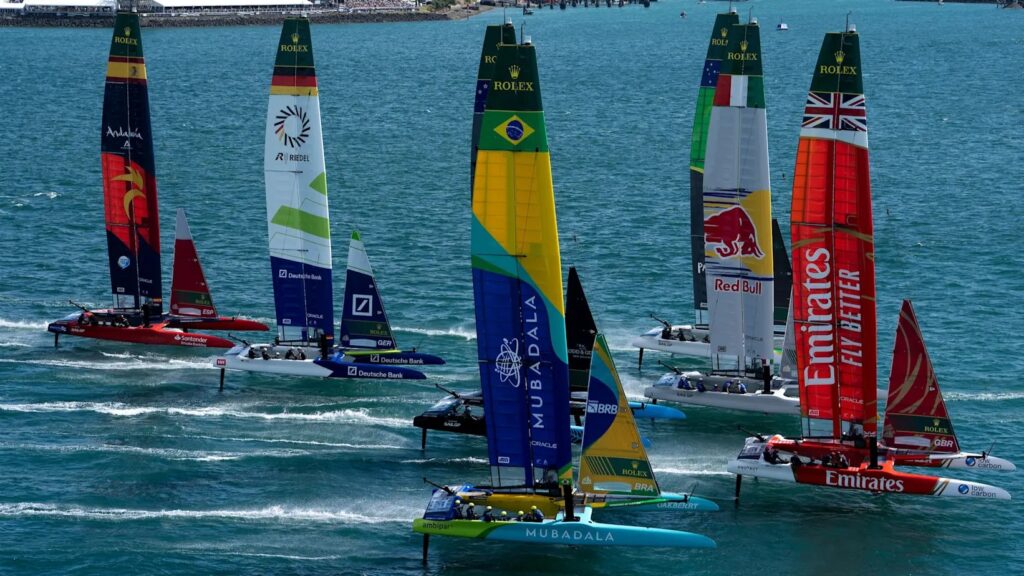
Ericsson is supplying private 5G and edge routers to the international SailGP grand-prix series of F50 catamaran races around the world. Its Cradlepoint routers will be installed in the ‘wings’ of each F50 catamaran, and communicate with hardware and software systems from Oracle (its OCI cloud infrastructure) via a local private 5G network – to deliver about 53 billion data points every race day as the championship tours the world, according to a press statement.
The setup will support IoT measurements, video footage, and other critical comms on competing boats. The SailGP competition, between a dozen F50 teams racing at up to 100 kilometres per hour in open waters, is presented as a rival to the America’s Cup. As well supplying race data for race teams, the private 5G network will also support umpires with live video streams to adjudicate on race protocol and “fan experiences” by providing live statistical analysis (“locations, tactics, and strategy”).
It is being rolled out globally for the 2025 season (‘Season 5’), which tours the UAE, New Zealand, Australia, the US (three times), Brazil, the UK, Germany, Italy, Switzerland, and Spain, before winding up again in the UAE in November (2025). Ericsson is helping to bring national operators into the fold in each country to support on/offshore comms beyond the race course – for boats in transit, and for spare capacity and sundry backup comms. SailGP worked with T-Mobile to supply public 5G connectivity for the US leg, and with BT on the UK leg.
Read more here.
System integrator: Ericsson
Network vendor(s): Ericsson
5 l Newmont Mining, Australia (mining)
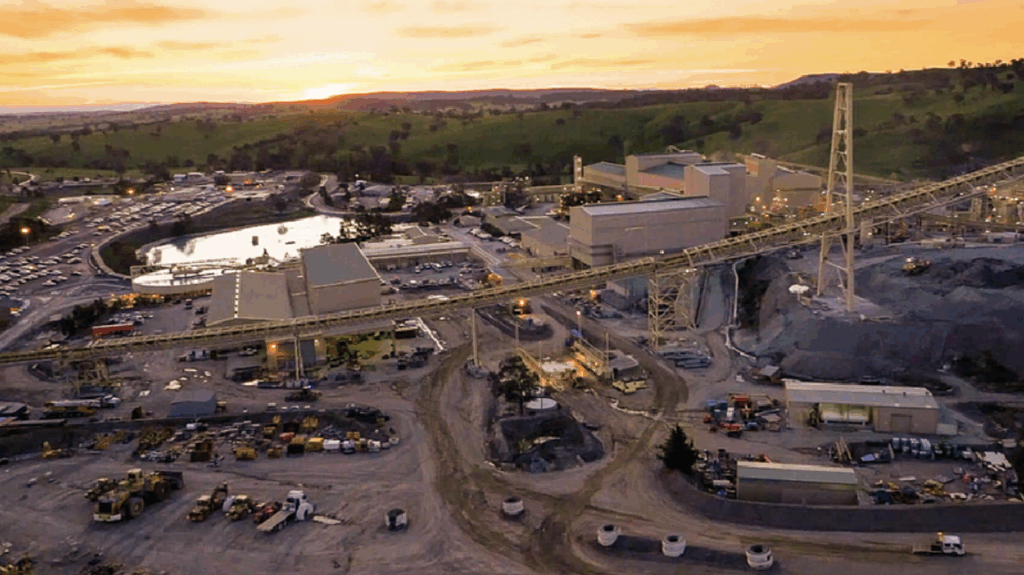
Newmont Mining has connected 12 dozers to a single private 5G network radio cell from Ericsson at a 2.5 kilometre construction site at a big gold and copper mine in New South Wales, in Australia. The US-based firm, the only gold producer in the S&P 500 Index, had been testing with Ericsson at its Cadia site, Australia’s largest underground mine, since 2024, and was so impressed with the reliability of the new setup that has since decided to scrap Wi-Fi completely for its autonomous operations – based on the fact “unstable” Wi-Fi conked-out for half of every shift.
It plans to connect drill rigs, motor graders, and haul trucks besides, via both underground and overground private 5G setups. Ericsson worked with Telstra Purple, the system integration division of Australian operator Telstra, to supply telecoms equipment and spectrum for the original test project. Newmont has a local licence from the Australian Communications and Media Authority to run 5G in its own spectrum at all its sites in Australia.
It also owns gold mines in Boddington in Western Australia and in the Tanami Desert in the Northern Territory. In total, it owns 14 mines on four continents, also producing zinc, lead, and silver, said workers are already pushing “more earth per shift” than previously. The Australian setup uses massive MIMO (including in a ‘more-massive’ 64/64 transmit/receive antenna configuration), plus beamforming and beam-steering. The plan is to do the same at all of its other sites, likely also with Ericsson.
Read more here.
System integrator: Telstra Purple / Ericsson
Network vendor(s): Ericsson

